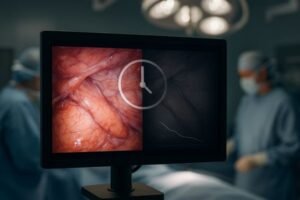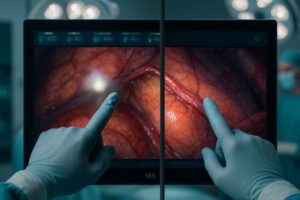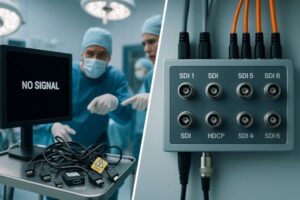Selecting an appropriate surgical monitor enhances safety and efficiency during procedures. I focus on six key aspects: size, clarity, cleanliness, connectivity, durability, and comfort. Testing monitors before purchase helps assess their performance. I also prefer suppliers who can customize according to surgeons’ needs. These considerations have led me to a monitor that enhances safety and simplifies my work.
Key Takeaways
- Pick a monitor that fits the surgery’s needs. Clear pictures help doctors decide better.
Get monitors with simple connection options. This works with old and new tools, avoiding surgery delays.
Focusing on monitors with cleaning features, such as smooth surfaces and antibacterial coatings, ensures a safe and hygienic environment.

Compatibility with surgical procedures
Matching the Monitor to Surgery Needs
When picking a surgical monitor, I check if it fits the surgery. Different surgeries need different levels of detail and accuracy. For example, small surgeries need monitors showing clear, sharp images. This helps me see tiny body parts and make better choices. I train my team to use the monitor properly. Adding new tools to the operating room takes practice. I make sure my team knows the monitor’s features and how to use them well. I also review surgery results to see how the monitor performs. This helps me adjust its settings or position for each surgery.



